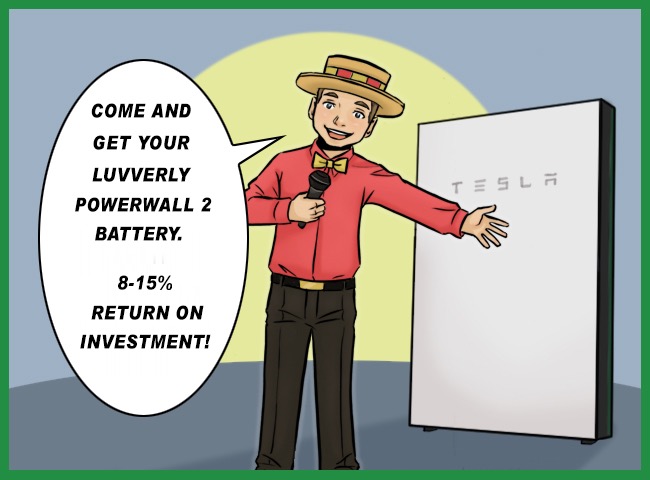
Is it reasonable to expect a “8-15% return on investment” on a Powerwall 2?
Last month, Lyndon Rive, Tesla’s Vice President for Energy Products, stood up in front of a large group of people, including me, and promised the Powerwall 2 will deliver a return between 8% and 15%. [Read more…]


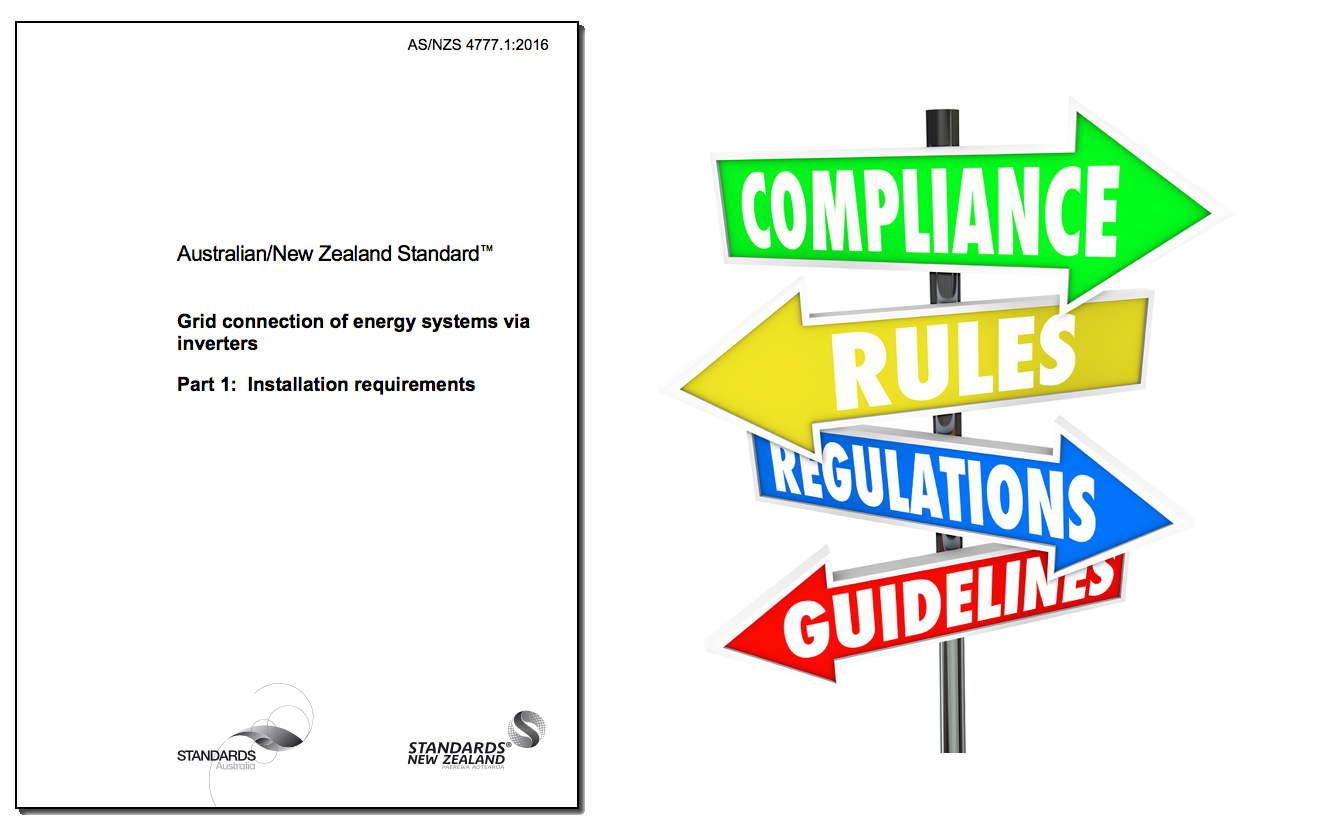
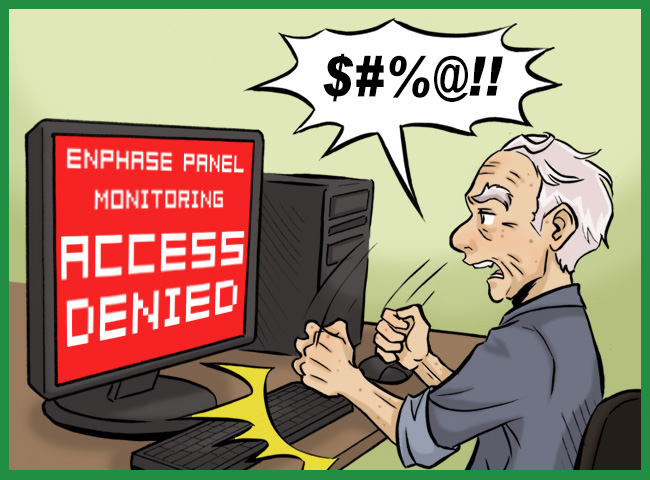
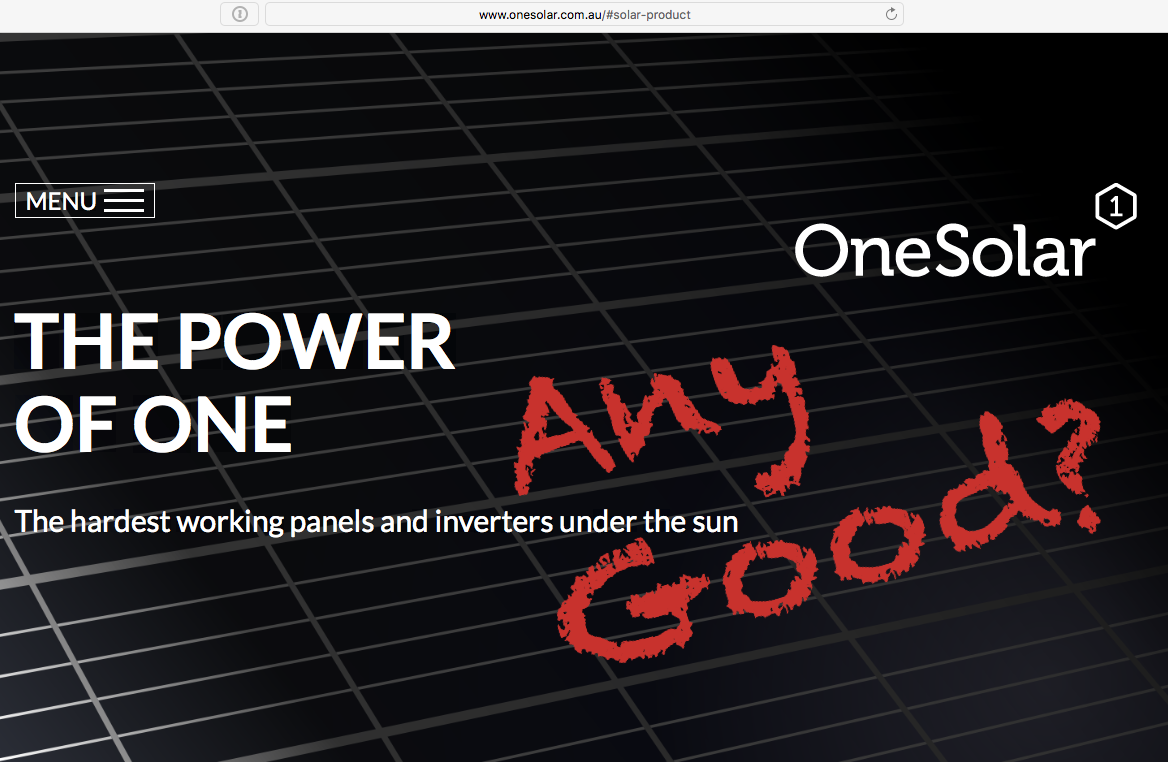


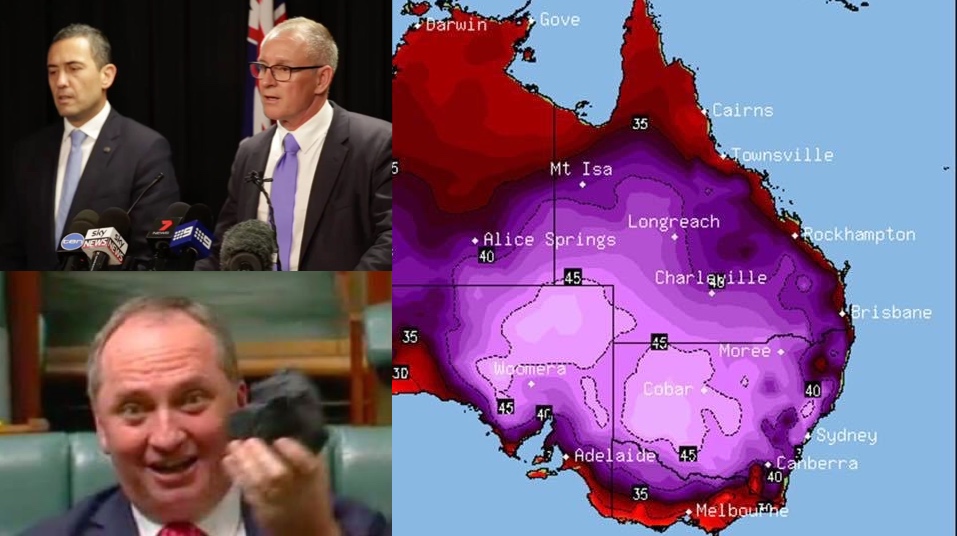

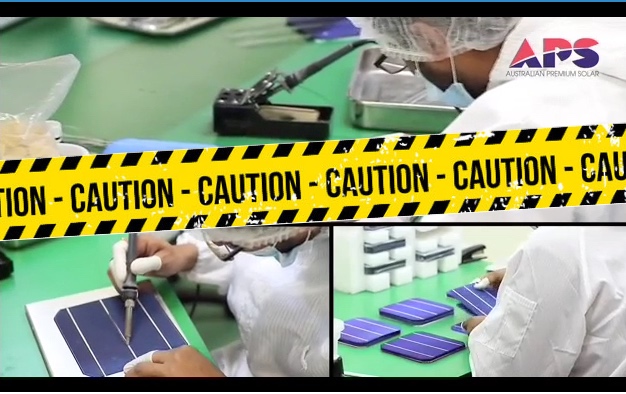
 RSS - Posts
RSS - Posts



Currently Raging Debates: